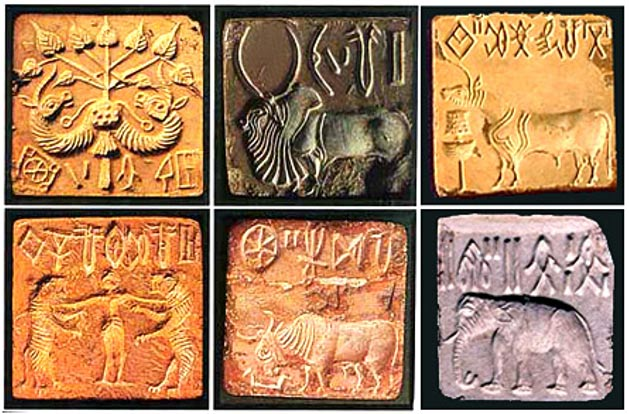Archaeologists in Austria have unearthed three remarkably well-preserved Roman mosaics, one of which features an unexpected depiction of dolphins — a rarity in this part of Europe that’s prompting fresh debate among researchers.
The discovery was made in Talschheim, near the city of Wels, and includes a series of stunning artworks:
One mosaic shows a krater, a large ceremonial vessel with curved handles traditionally used for mixing wine, outlined with an elegant decorative border.
Another features a symmetrical geometric pattern, meticulously crafted with precision and balance.
According to the excavation team, these findings support the hypothesis that the site was once a residential building, likely an urban Roman villa, reflecting the elevated social status of its inhabitants.
A Unique and Unusual Depiction
Local authorities emphasized the exceptional nature of the find, both in terms of preservation and the iconographic content of the mosaics.
“This discovery holds a prominent place within the regional archaeological landscape,” officials stated. “Although significant finds have been made across the country in recent years, the site at Talschheim stands out due to its artistic variety, architectural context, and scientific importance.”
Mosaics Soon to Go on Display
The excavation will continue through June 6, after which the mosaics will be moved to the Linz Castle Museum, currently undergoing renovations. The pieces will become part of a new archaeological exhibition.
Beginning June 10, the public will have the opportunity to see the mosaics in person, both in the museum and on-site, where guided tours of the excavation will allow visitors to view the structural remains and mosaics in their original context.
Rethinking the Roman North
With this discovery, Talschheim is poised to take its place on the map of Roman archaeological sites in the Alpine north. But what’s drawing the most attention is the dolphin motif — an artistic element rarely found outside the Mediterranean basin.
This unusual inclusion raises intriguing questions about the artistic and symbolic connections between the northern provinces of the Roman Empire and the cultural centers of the South. Could this be evidence of deeper trade, migration, or influence than previously understood?
As excavations continue, scholars hope these mosaics will not only illuminate daily life in Roman Austria but also offer a new lens on the artistic currents that flowed across the Empire.








